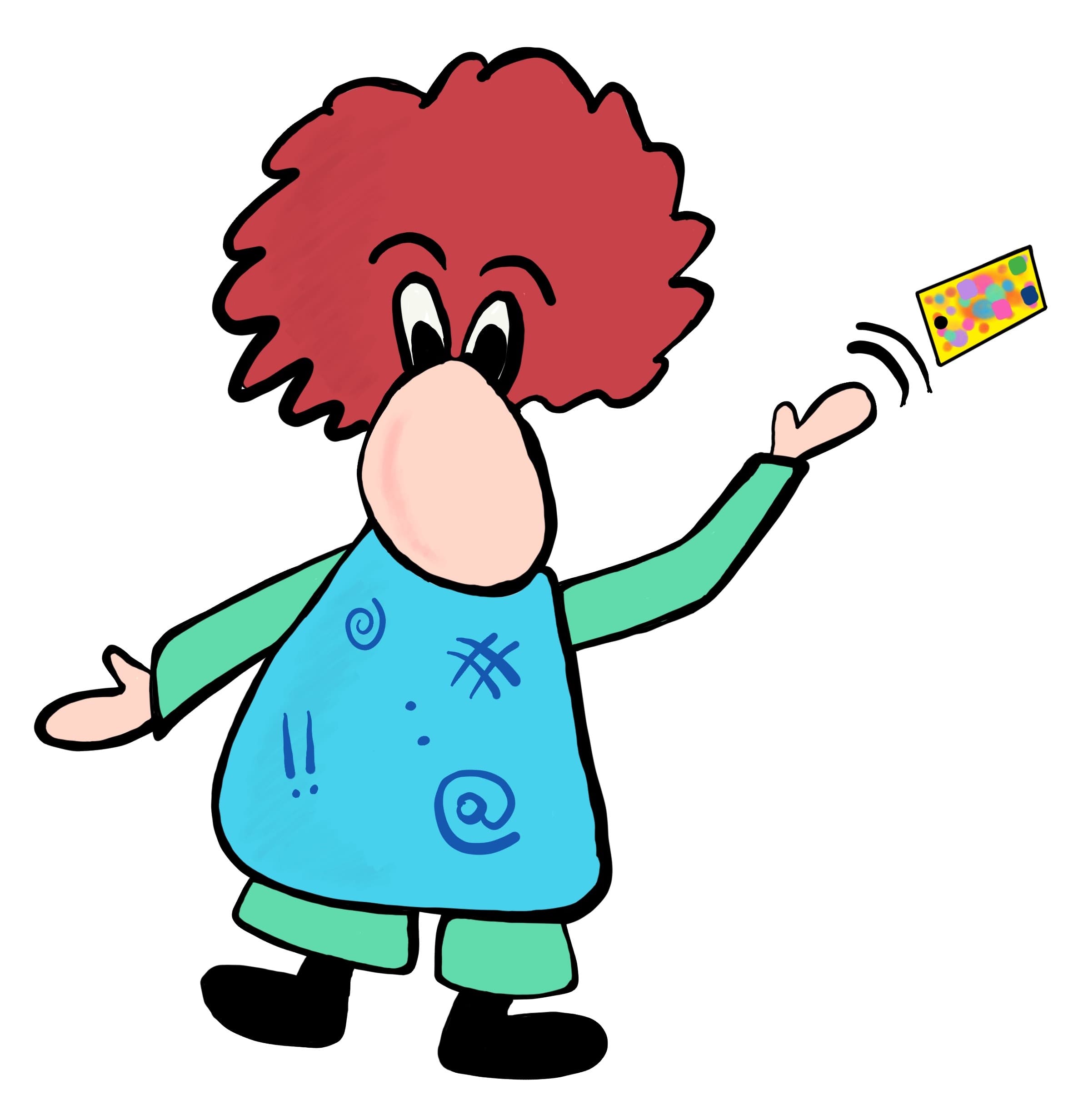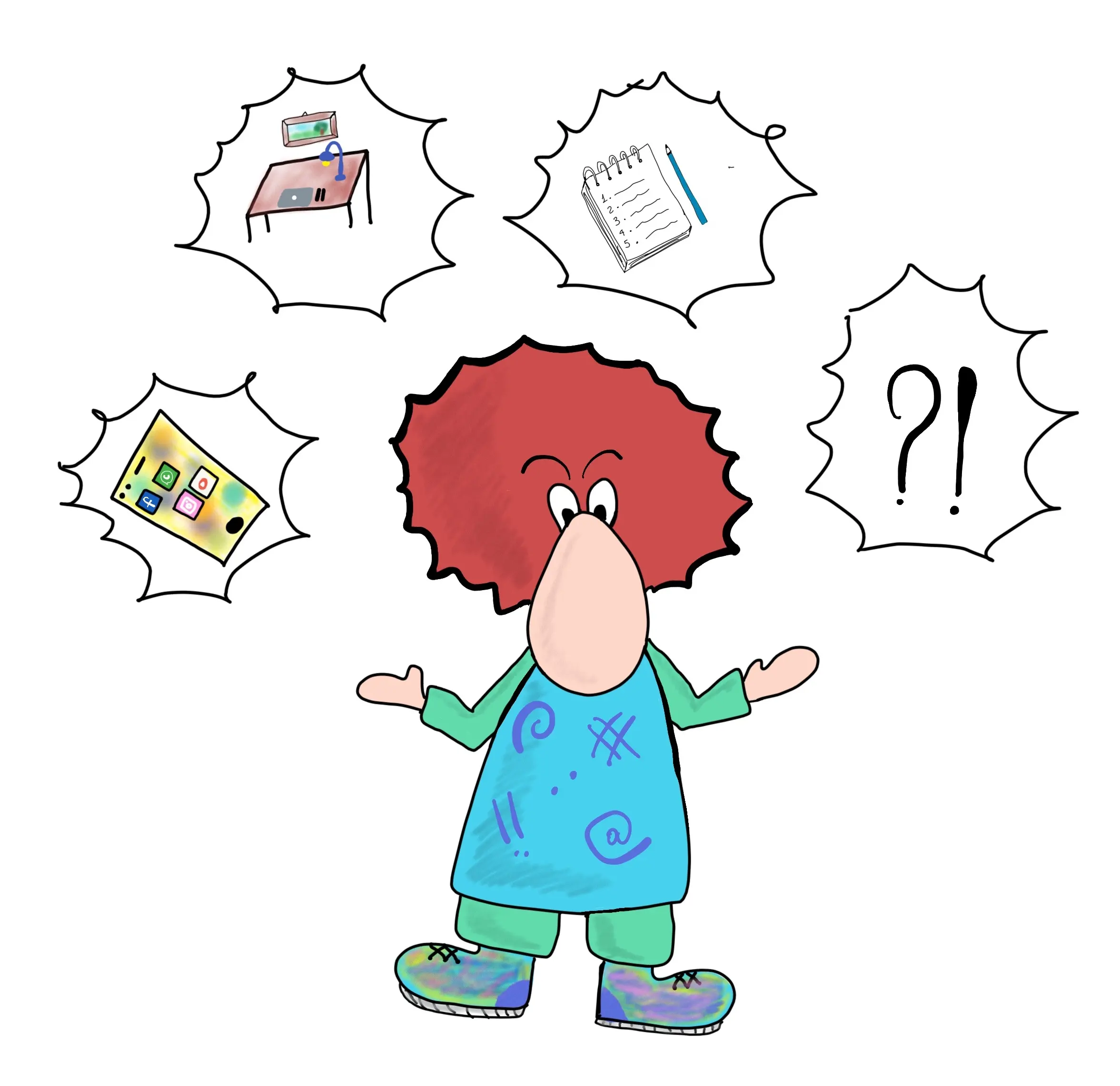Each one of us, at some point in life, has doubted their mental capabilities. Suddenly, everyone seems more capable and smarter than us. This happens because most of the time, we struggle to stay focused and harness our mental abilities to their fullest potential to complete tasks.
Why We Get Distracted
-
The first reason for distraction is the most trivial. The work or task at hand simply bores us, leading us to succumb to the slightest distraction.
-
The second reason involves encountering an obstacle that requires prolonged concentration to find a solution. Often, we enter a state of fatigue and dissatisfaction, opening the doors to all kinds of distractions around us.
-
The third reason is that we ourselves pave the way for distraction by surrounding ourselves with objects that divert our attention. For example, keeping the smartphone on the desk forces us to get distracted with every notification.
Now that we know the reasons for distraction, we can move on to the next step, which is to analyze some techniques to stay focused. Hopefully, after reading this article, at least one of these techniques will become a guide against distractions.

Embracing Distractions
It might seem contradictory, but learning to dedicate time to a specific type of distraction can actually be advantageous if done mindfully.
To achieve this, it’s essential to distinguish between healthy and unhealthy distractions.
Healthy Distractions
A healthy distraction should be something eagerly anticipated, something that adds value to your life. Although it is still a distraction, viewing it as an awaited break rather than a distraction makes it easier to consider it a pause from the ongoing task.
Here are some examples of what could be considered healthy distractions:
- Engaging in conversation with a friend.
- Going outside and enjoying the sun or looking out the window.
- Having a cup of tea or a snack.
- Doing physical exercises.
Unhealthy Distractions
Few realize how external distractions can significantly harm their performance. Unhealthy distraction occurs in an unconscious state; the person experiencing it may not even be aware of the distraction, leading to superficial work and not utilizing their full potential. Distractions can also come from anxieties or specific thoughts; in such cases, taking a few moments of silence to clear the mind before starting work can be helpful.
Examples of unhealthy distractions include:
- Having the television on.
- Dealing with disruptive noises above your apartment.
- Negative thoughts or anxieties.
- The key to making the technique of embracing distractions work is knowing which distractions do not waste time but instead help and encourage concentration, and which ones are time-wasting and divert attention from the task at hand, causing it to be rushed.
It’s important to note that the distinction between healthy and unhealthy distractions is highly subjective.
Getting Rid of the Smartphone
Smartphones easily attract our attention, leading to frequent distractions with notifications, short or long calls, ultimately hindering our concentration.

To break free from this habit that often leads to distraction, consider distancing the phone from yourself and putting it on silent mode, reducing the temptation to constantly check social media. Personally, I have found that putting my phone in airplane mode and face down when I need to focus on important tasks helps me resist the temptation, allowing me to stay concentrated for longer periods.
If you are aware that your smartphone makes it difficult to concentrate, my advice is to keep the phone a few meters away from your workspace to avoid constant glances.
Keeping Your Workspace Organized
Another factor that likely impedes concentration is your workspace. When cluttered and filled with objects, it’s easy to come across something that grabs your attention, especially when the task at hand is particularly boring or challenging.
The simple rule to follow is to keep your workspace as simple and tidy as possible.
Optimizing Work to Make It Enjoyable
When tackling a very difficult or boring task, distractions are likely to occur, drawing attention away from the task. One way to overcome this problem is to analyze the work being done to make progress more visible. Tracking various stages and their advancements creates a sense of satisfaction, motivating you to achieve further goals more quickly.
Our brains are wired to focus on one task at a time, not simultaneously. This means that dividing the work into individual steps and following the progress step by step makes the entire process easy and enjoyable. Seeing daily results encourages continuous improvement.
Planning Work to Manage Time Effectively
When dealing with a lengthy task, it’s easy to become discouraged, leading to even less concentration due to the overwhelming workload. To avoid this feeling of dismay, it’s essential to learn how to plan your work.
Planning work involves the ability to analyze the workload in advance, having a broader view of what needs to be done. This includes:
- Knowing what needs to be done.
- When it needs to be done.
- How much time is available.
- What resources are available. Once you organize your thoughts, become aware of your time, and start planning things in advance, you are more likely to feel stimulated to complete the task at hand.
There are two highly useful productivity techniques that can be combined:
Time Blocking: Set a deadline for any activity. This creates well-defined time blocks that leave no room for wondering what to do.
Daily Review: Outline the things you want to accomplish each day by making a list of priorities. Once you determine what you want to achieve, it becomes much easier to start working.

Conclusion
Distraction is an inevitable part of all our lives; what we can do is manage it in our favor. When undertaking an important task, anxieties and fears may assail us, and distraction becomes a defense mechanism of our mind. It is up to us to decide whether to make it a friend or a foe. When we manage to transform distraction into something positive, we learn that it can be a break or a diversion rather than something that takes us away from our work.